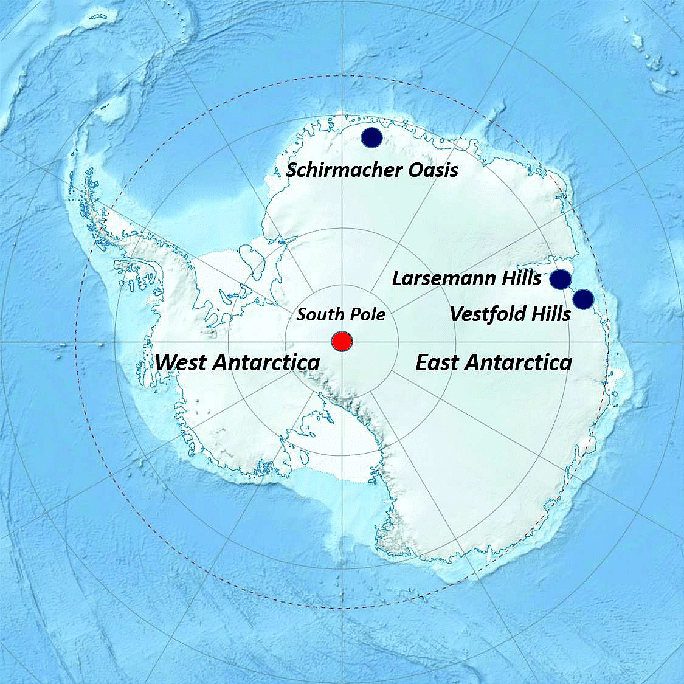Bengaluru: Researchers at IIT-Hyderabad, in collaboration with scientists from National Centre for Polar and Ocean Research (NCPOR), Goa, have discovered and isolated a family of Antarctic fungi that could make the treatment of childhood leukaemia cheaper with fewer side-effects.
The fungi contain L-Asparaginase, an enzyme used in food and medication, including drugs to treat leukaemia.
Acute Lymphoblastic/Lymphocytic Leukaemia (ALL) is the most common kind of childhood cancer. It develops in the bone marrow, producing excess lymphocytes — white blood cells — and progresses rapidly. The disease can prove fatal for a child in less than a year.
L-Asparaginase functions by modifying the supply of asparagine, an amino acid that is essential for synthesising protein, to cancer-infected cells. The enzyme is currently being derived from commonly-found bacteria like E. Coli.
However, the samples collected need to be purified. Asparagine comes with two fellow enzymes called glutaminase and urease, both of which cause intense side-effects and also destroy glutamine, the amino acid necessary for the growth of normal cells during treatment.
“Extensive purification steps are necessary before L-Asparaginase derived from E. Coli and E. Chrysanthemi is used as a drug to treat ALL,” said principal investigator Devarai Santhosh Kumar in a press release accompanying the study, which was published in Nature’s open-source journal, Scientific Reports.
“This increases the cost of the drug,” Kumar added.
So, to hunt for alternative sources of these enzymes, the IIT researchers decided to look for eukaryotic microorganisms (with a clearly-defined nucleus) such as fungi, which are said to exhibit fewer side-effects.
“Because of their eukaryotic nature, fungal species have the capacity to replicate the effects of human cells and can be used in the treatment of cancer with better success than other microorganisms,” the researchers, Anup Ashok, Kruthi Doriya, Jyothi Vithal Rao, Asif Qureshi, Anoop Kumar Tiwari, and Devarai Santhosh Kumar, wrote in the study.
Also read: Cancer treatment patents worth billions in legal soup as Nobel winner fights for payday
From the Antarctic Hills
Psychrophiles are extremophilic organisms (which survive in extreme conditions inhospitable for most life) that thrive in low temperatures. They grow and reproduce at −20°C to +10°C, and are found in places that tend to be perennially cold, like permafrost, the polar regions, and the deep sea.
These bacteria and fungi are found in plenty on the Antarctic coast, which retains an average temperature of -10 °C through the year.
Schirmacher Hills in Antarctica are a series of low mounds about 20 km long, stretching along the coast.

To the south of this region is the rest of the continent. There are two research stations in this area, Maitri (Indian, established in 1989) and Novolazarevskaya (Russian, established in 1961). It also has a tourist ‘campsite’ (White Desert, established 2006).
From this area, the team got a total of 55 samples of soil and mosses. They isolated the fungi from these samples and studied them separately. The team found that a total of 30 among the 55 isolates contained L-asparaginase with extremely negligible amounts of glutaminase and urease.
According to researcher Kruthi Doriya, the team received the samples from Antarctica in early 2016, after co-author Qureshi went there to collect them.
Talking to ThePrint, she said it would still be some time before their discovery can lead to cheaper treatment.
“Purifying for treating cancer is a long process and we’re currently performing trial runs for it, but it will eventually prove to be very cost-effective with low side-effects,” she added. “For the immediate use, our findings can be applied (for food processing) in the food industry. Purifying and processing there will be quite quick.”
Also read: Breast cancer is still the biggest killer in India, shows study



